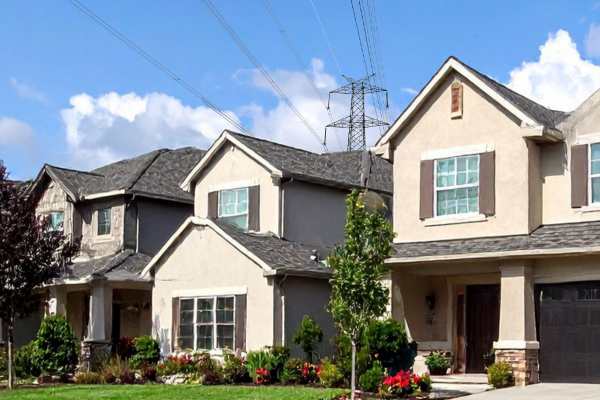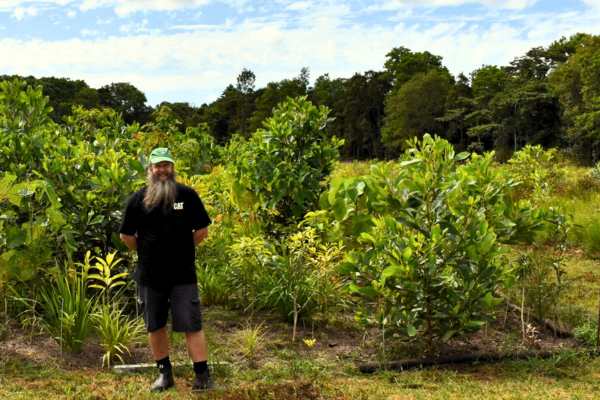Climate adaptation hits home
As extreme weather intensifies, councils on the front line are calling for more funding to help communities prepare for climate shocks.

Australia’s local councils are calling for urgent federal funding to help buttress communities against a changing climate – a plea that underscores a broader, global climate resilience movement.
Positioned on the frontlines of climate shocks like floods, fires, storms, heatwaves, droughts, and coastal erosion, local governments say they’re being asked to carry too much of the burden with too few resources.
The Australian Local Government Association (ALGA) is seeking $400 million annually for a national climate adaptation fund, warning that without sustained investment, essential local infrastructure will remain exposed to rising risks.
“The challenges and impacts of climate change, including more frequent and severe natural disasters, coastal erosion and rising temperatures, are being felt right across the country,” said ALGA President Mayor Matt Burnett.
“Our councils are playing a leading role in anticipating future needs of their communities – whether it’s planting trees to combat heat or building and upgrading stormwater systems to manage heavy rains.
“Unfortunately, funding and support from other levels of government have failed to keep pace with these increased responsibilities, meaning the burden to deliver climate activities falls to local communities.”
Burnett said the proposed fund would help councils invest in long-term, place-based solutions tailored to their regions. “Climate resilient infrastructure cannot be built overnight, and we need clear and sustainable funding sources so we can do the necessary long-term planning.”
The fund is a central plank of ALGA’s broader “Put Our Communities First” campaign, which seeks $3.5 billion in long-term, formula-based funding across Australia’s 537 councils.
The rise of resilience
This national funding call comes as global momentum around climate adaptation picks up pace. With extreme weather intensifying and becoming more frequent, so too is the need to invest in resilience strategies.
A new report by Bain & Company and Singapore’s sovereign wealth fund GIC highlights the soaring investment opportunity in the adaptation sector, forecasting that annual global revenues from a selected group of solutions will quadruple to US$4 trillion by 2050 – assuming the world remains on a 2.7°C warming trajectory.
Among the sectors tipped to grow the most are water treatment, indoor cooling, and flood-resistant building components as well as weather monitoring and warning systems, backup power, reflective and cooling materials, fire-resistant building components, fire-fighting equipment, water conservation, pumping stations, flood protection infrastructure, and weather-related insurance.
According to the authors, adaptation efforts must scale across all levels of society, countering the belief that it is solely a government responsibility.
“Governments, businesses, and households will need to find ways to survive and thrive in a world characterised by rising physical climate risks, driving greater demand for climate adaptation solutions,” the authors wrote.
The business case
The private sector is also being urged to act early. JP Morgan report Building Resilience Through Climate Adaptation highlights a potential return of up to US$43 for every dollar spent on adaptation, positioning climate readiness as both a defensive strategy and a growth opportunity.
Historically, the report says, more than 90% of climate investment has gone to reducing emissions, but that’s shifting, and if emissions continue on their current path, companies in the S&P Global 1200 index could face US$1.2 trillion annually in physical risk costs by the 2050s.
“It’s a pure risk framework – adapt now or avoid negative impacts tomorrow,” the report's author Dr Sarah Kapnick wrote. But the narrative, she says, is evolving toward opportunity, with the latest analyses showing that spending $1 has an ROI of $2 to $43 (USD).
Those that invest now will “diversify for resilience and capitalise on emerging market shifts,” the report concludes.
Grassroots action
At the grassroots level in Australia, organisations are also stepping up. The Foundation for Rural & Regional Renewal (FRRR) recently launched its Climate Solutions stream, offering $650,000 in grants for community-led climate projects that cut emissions and boost local resilience.
Supported initiatives include clean energy installations, regenerative agriculture, biodiversity conservation, and First Nations-led responses.
“Every place is different, and the priorities of each community are different,” said Sarah Matthee, Climate Solutions Portfolio Lead at FRRR. “That’s why we have kept the guidelines broad – to enable not-for-profits to seek support for what’s right for their context.”
In one case, Yackatoon Retirement Village used grant funding to install a 25kW solar array and 27kWh battery system, cutting emissions, reducing energy costs, and securing power during heatwaves and disasters.





